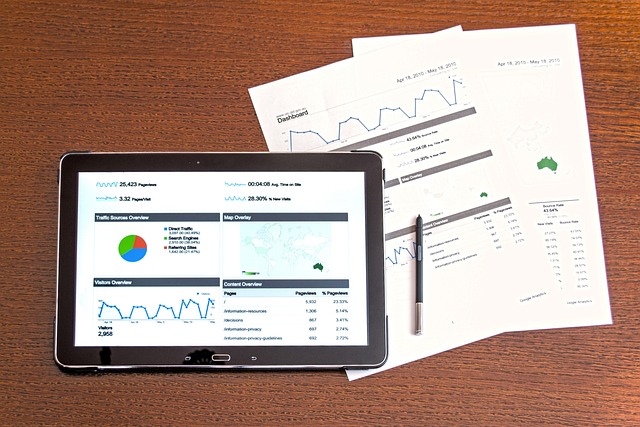AI Landscaping technology combines drones and AI to create precise 3D maps, benefiting urban planning, agriculture, and construction with data-driven insights. AI edge trimming oversight via video enhances mapping accuracy by real-time correction of errors in aerial footage, improving image quality. This method, especially valuable in complex landscapes, enables the discovery of hidden patterns and anomalies, crucial for fair land record-keeping in real estate and conservation efforts. Overcoming challenges requires advanced algorithms to interpret diverse scenes under varying environmental conditions, with human operators monitoring remotely for superior mapping quality.
AI landscaping drones are transforming property mapping, offering precise and efficient solutions. This article delves into the revolutionary potential of AI in this domain, focusing on drone technology for detailed property surveys. We explore ‘AI edge trimming’ and its role in enhancing accuracy through advanced video analysis. Furthermore, we discuss strategies to overcome challenges related to quality control and oversight in AI-assisted drone mapping, ensuring reliable results. By combining cutting-edge technology with meticulous analysis, AI landscaping drones promise a new level of precision and efficiency.
- AI Landscaping: Revolutionizing Property Mapping with Drones
- Edge Trimming and Video Analysis: Enhancing Accuracy on the Ground
- Overcoming Challenges: Ensuring Quality and Oversight in AI-Assisted Drone Mapping
AI Landscaping: Revolutionizing Property Mapping with Drones

AI Landscaping is transforming the way property mapping and analysis are conducted, offering unprecedented efficiency and accuracy. By integrating drones with advanced artificial intelligence (AI) capabilities, this technology revolutionizes the process of creating detailed maps and 3D models of various landscapes, from urban rooftops to vast agricultural fields. The AI edge trimming oversight via video feature enhances drone mapping by improving image quality and reducing errors during data processing.
This innovative approach leverages computer vision algorithms to analyze aerial footage in real-time, automatically identifying and correcting any issues like overlapping images or poor resolution. This ensures that the generated maps are highly precise, providing valuable insights for various industries, including urban planning, agriculture, and construction. With AI landscaping, professionals can make data-driven decisions, optimize space utilization, and plan sustainable development while uncovering hidden patterns and anomalies in property landscapes.
Edge Trimming and Video Analysis: Enhancing Accuracy on the Ground

AI-powered drones equipped with advanced video analysis capabilities are transforming property mapping by providing unprecedented accuracy on the ground, thanks to a technique known as edge trimming. This process involves refining the boundaries of a property by identifying and correcting minor discrepancies in the data collected from aerial imagery. By analyzing videos captured during flights, AI algorithms can detect subtle changes in terrain elevation, structural features, or even vegetation growth that might be overlooked by traditional mapping methods.
The oversight via video enhances overall mapping accuracy by filling in gaps and refining details that are crucial for accurate property delineation. This is particularly beneficial in complex landscapes where manual checks would be time-consuming and prone to human error. By leveraging AI edge trimming, drones can produce high-resolution maps with unparalleled precision, ensuring fair and accurate land records, which is essential for real estate transactions, urban planning, and conservation efforts.
Overcoming Challenges: Ensuring Quality and Oversight in AI-Assisted Drone Mapping

Overcoming Challenges in AI-Assisted Drone Mapping requires a multi-faceted approach, especially when aiming for high-quality results. One significant hurdle is ensuring accurate data capture despite varying environmental conditions. Drones operate in diverse landscapes, from urban areas with tall buildings to dense forests or open fields, each presenting unique challenges. Advanced AI algorithms must be developed to process and interpret these varied scenes, accounting for factors like lighting, obstructed views, and complex terrain.
Edge trimming oversight via video is a promising technique to enhance mapping precision. By utilizing real-time video feedback, drones can adjust their flight paths and camera angles on the fly, ensuring critical areas are captured optimally. This reduces errors arising from technical limitations or unexpected obstacles. Moreover, human operators can remotely monitor the process, interveneing when necessary, thus combining AI’s efficiency with human expertise for superior mapping quality.
AI landscaping drones are transforming property mapping by offering unprecedented accuracy and efficiency. Through advanced AI edge trimming and video analysis, these drones can capture detailed data, enhancing ground-level accuracy. While challenges exist, such as ensuring quality control and managing oversight, the benefits of AI-assisted drone mapping are undeniable. By leveraging these technologies, professionals can revolutionize their approach to property assessment and management.
